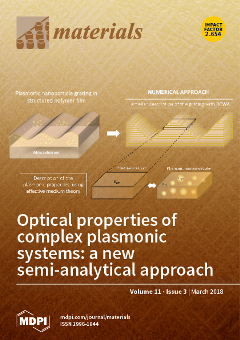1
Center of Nanotechnology, King Abdul Aziz University, Jeddah 21589, Saudi Arabia
2
Department of Chemical and Materials Engineering, Faculty of Engineering, King Abdul Aziz University, Jeddah 21589, Saudi Arabia
3
Center of Excellence in Desalination Technology, King Abdul Aziz University, Jeddah 21589, Saudi Arabia
4
Department of Public Health and Infectious Diseases, “Sapienza” University of Rome, 00185 Rome, Italy
5
Department Mental/Physical Health and Preventive Medicine, Campania University, L.Vanvitelli, 80121 Naples, Italy
6
Nanoscience Centre MAVI, 04011 Aprilia, Italy
7
Chemical, Materials, Environmental Engineering Department, “Sapienza” University of Rome, 00185 Rome, Italy
8
Department of Chemical Engineering, Northeastern University, Boston, MA 02115, USA
9
Department of Mechanical & Materials Engineering, University of Nebraska, Lincoln, NE 68588, USA
10
Department of Bioengineering, Northeastern University, Boston, MA 02115, USA
11
Harvard John A. Paulson School of Engineering and Applied Sciences, Harvard University, Cambridge, MA 02138, USA
12
UMR CNRS 7338 Biomechanics and Bioengineering, University of Technology of Compiègne, Sorbonne University, 60200 Compiègne, France
add
Show full affiliation list
remove
Hide full affiliation list






